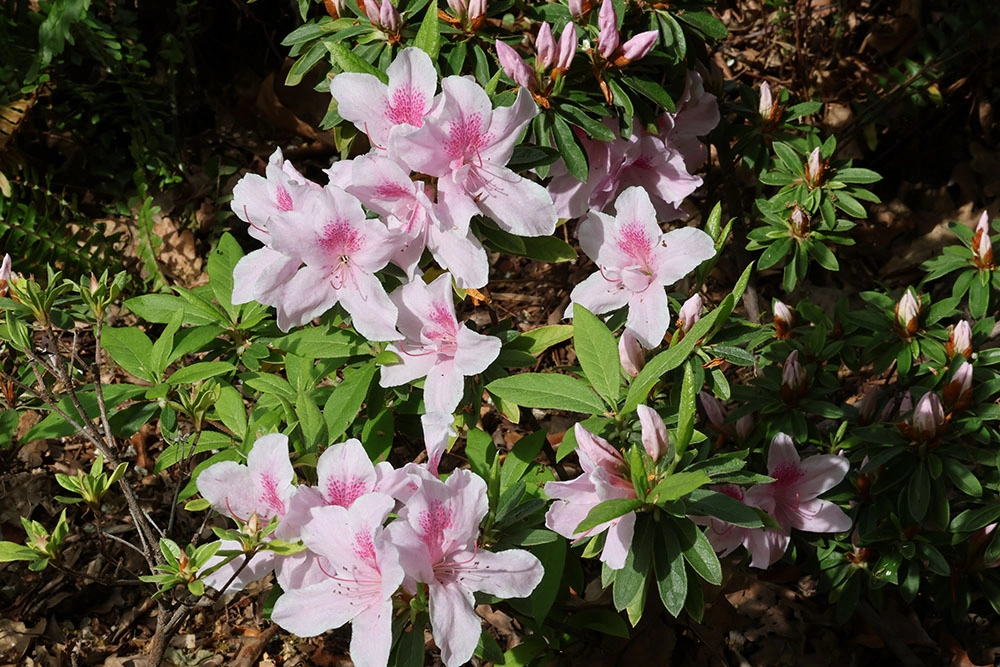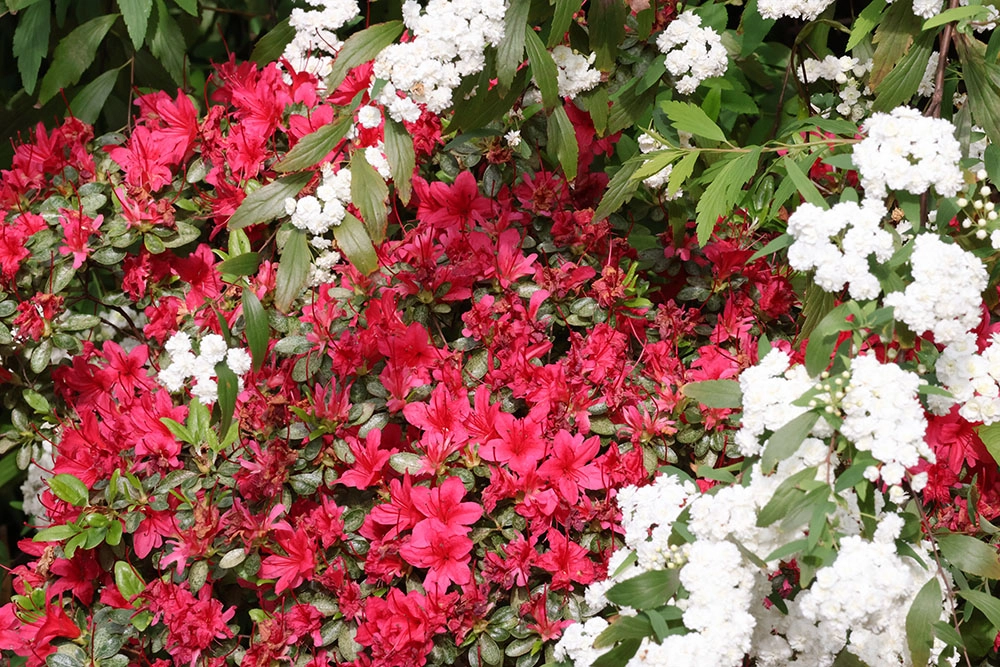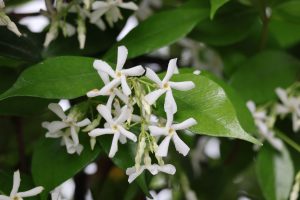Azaleas, a variety of rhododendrons, are celebrated for their vibrant blooms that can transform any garden, particularly in late winter or spring. Available in various sizes, from 30cm miniatures perfect for bouquets and displays to majestic 3m shrubs that serve as stunning focal points, Azaleas offer versatility and beauty. What’s most interesting is that Azaleas can be deciduous or evergreen, depending on the species.

Landscape Uses
Azaleas are excellent for adding a burst of colour to your garden. They can serve as striking feature plants during their blooming season or function as beautiful hedges. Their various sizes make them ideal for a diverse range of gardens, from creating captivating focal points to forming borders.
How to Plant
Deciduous Azaleas flourish in cooler, temperate regions of Australia and New Zealand, benefiting from cold winters. Plant them in a location with full sun or partial shade and protect them from strong winds for optimal growth.
Evergreen Azaleas will be happier in the shade but can tolerate full sun if well-watered during hot periods. Many varieties are also well-suited for pots, allowing you to enjoy their beauty on balconies or in gardens.
They thrive in rich, organic, acidic soil that retains moisture but is well-drained. Their shallow roots need this kind of soil to receive the necessary nutrients and water without becoming waterlogged.
Care and Maintenance
Prune Azaleas right after they bloom. For deciduous varieties, minimal pruning is needed—however, it is important to remove old wood. Evergreen Azaleas generally require only the removal of dead branches or occasional shaping.
During the hotter months, regular watering two to three times a week is essential to keep their shallow roots hydrated and maintain their health.
Azaleas can face multiple common issues:
- Lace Bugs: These pests feed on the underside of leaves, causing them to lose their green colour and develop a silvery pattern. Combat lace bugs with an insecticide to keep your plants healthy.
- Petal Blight: This disease is caused by prolonged cold, wet weather, leading to spotted petals that become slimy masses. Remove affected flowers promptly and consider a preventative spray before flowering to protect your azaleas.
Safety Note: Azaleas are toxic, so place them where they are out of reach of pets and children. If ingestion is suspected, seek immediate veterinary or medical attention.

Interested to learn how you can best care for your garden this Spring? Take a look at our top Spring gardening tips here.


